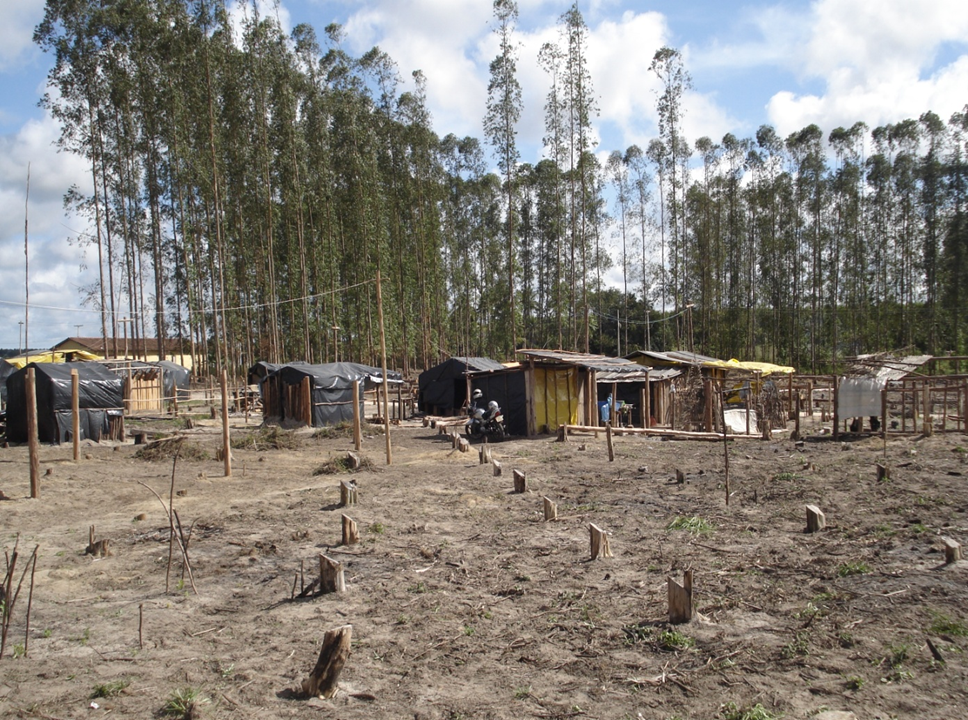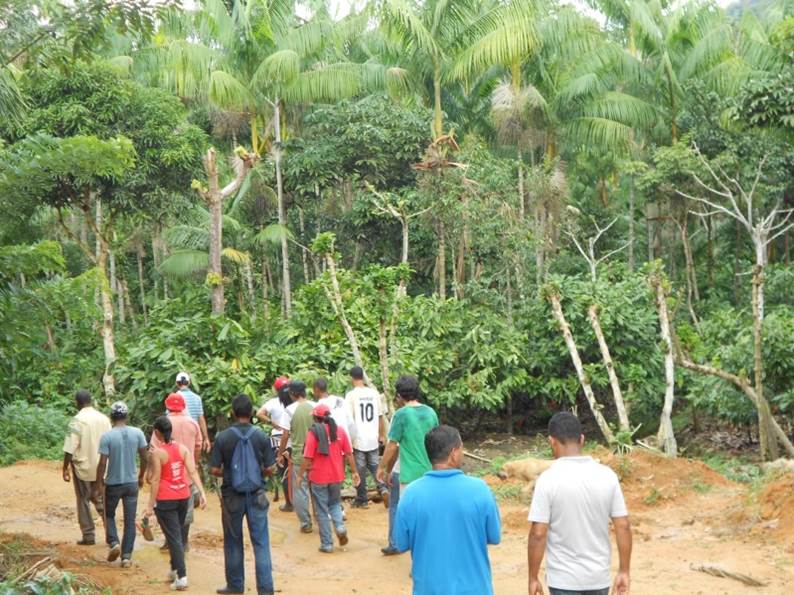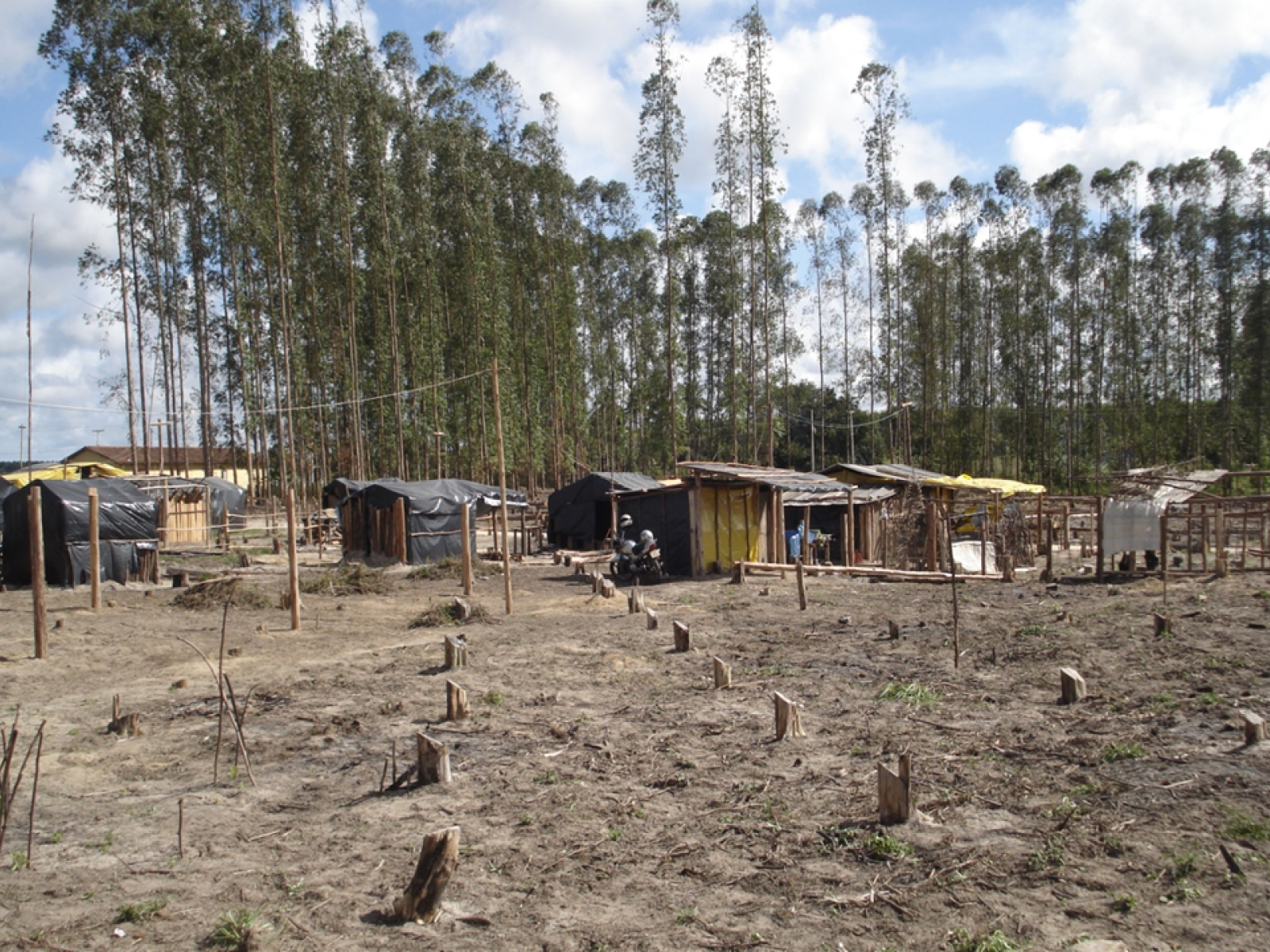An Overview Of Our Solution
- Population Impacted:
- Continent: South America
Organization type
Population impacted
Size of agricultural area
Production quantity
People employed
Describe your solution
Describe your implementation
External connections
What is the environmental or ecological challenge you are targeting with your solution?
Describe the context in which you are operating
The project is developed through several national and international partnerships, coordinated by a centre of extension of the São Paulo University, has its main scope of activities in the south of the state of Bahia/Brazil, it is one of the locations with the greatest diversity in the planet (hotspot), where it is found one of the largest productions of cellulose of the world, and where currently it is set one of the most intense socioenvironmental conflicts of the country. The project, resulting from the conflicts for land access, gathers 4 social movements in a universe of 9 movements found in the area, involving 2.500 families, 3 corporations of the Forestry Industry, state governments and of 11 municipal, federal government, 3 public universities, 28 thousand hectares mostly gripped by or destined to monocultures and 11 conservation units. These territory preserves parts of most significant forest fragments in Brazil, most of which in conservation units. The areas which are now being turned into Rural Settlements have one of the lowest HDI (Human Development Index) of the country, as well as many traditional populations, which have historically lived in conflict with the hegemonic development model in the country.
How did you impact natural resource use and greenhouse gas emissions?
Language(s)
Social/Community
Water
Food Security/Nutrition
Economic/Sustainable Development
Climate
Sustainability
Resources initially come from the forestry industries, as liabilities resources. And during the process the government has contributed indirectly, mainly in the matter of land regularization. The cooperative design of production and commercialization of agroecological production has the potential to generate family autonomy and independence of companies in a short period of time. In addition, other partnerships are in continuous activity in the territory, such as 3 corporations of the Forestry Industry, state governments and of 11 municipal, federal government, 3 public universities and 6 conservation units.
Return on investment
Entrant Image

Entrant Banner Image

